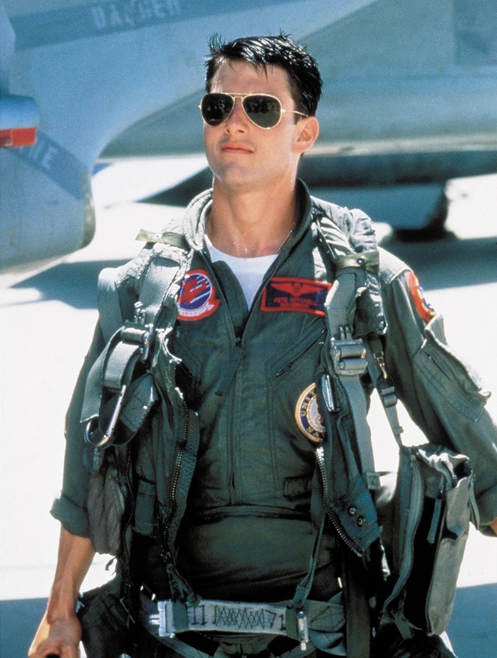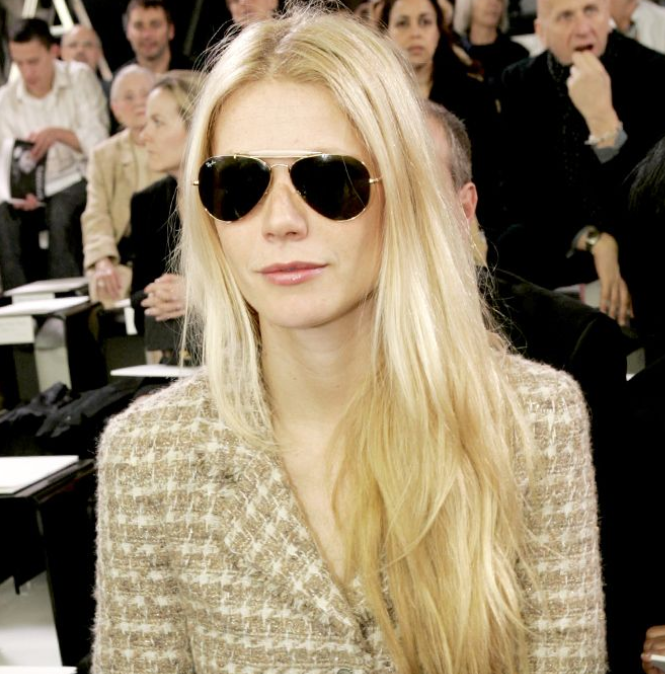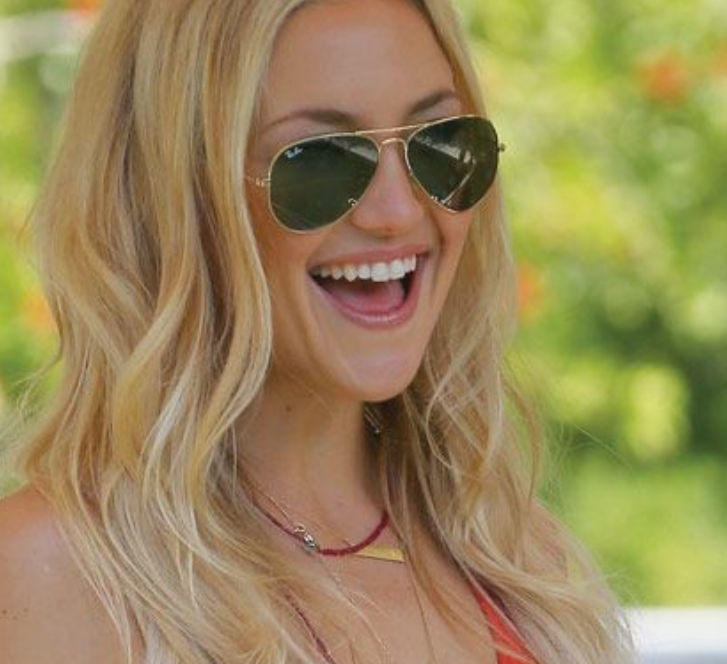Ray-Ban Aviator sunglasses are not just a fashion statement; they are a symbol of style, adventure, and timeless elegance. First introduced in 1937 by Bausch & Lomb for the United States Army Air Corps, the Aviator design was specifically crafted to protect pilots’ eyes from harsh sunlight while flying at high altitudes. Its unique teardrop shape and lightweight metal frame quickly became iconic, laying the foundation for what would become one of the most recognizable sunglasses in the world.
1. Origins and Evolution
The Ray-Ban Aviator was originally engineered for practicality. Pilots in the 1930s needed better eye protection during flight, especially against intense sunlight and high-altitude glare. Bausch & Lomb designed the Aviator with large lenses to cover the entire eye, preventing sunlight from entering from any angle. This design was revolutionary at the time, combining functionality with a sleek, minimalist aesthetic.
Its popularity surged during World War II, with military pilots frequently photographed wearing Aviators. This association with heroism and bravery solidified its status as more than just eyewear—it became a symbol of courage and masculinity. In 1937, Ray-Ban made the Aviator available to the public, and it was an instant hit.
2. Design Features
The defining feature of Ray-Ban Aviators is its teardrop-shaped lenses, which are designed to follow the contours of the human face, providing optimal coverage and protection. The thin metal frame is made of durable materials like stainless steel or titanium, making it both lightweight and strong.
The lenses themselves are crafted from high-quality glass or polycarbonate, offering 100% UV protection. Ray-Ban also introduced its iconic G-15 lens, which reduces glare and enhances visual clarity without distorting colors. Over the years, Aviators have been modernized with polarized lenses, mirrored coatings, and gradient tints, allowing wearers to choose the perfect style and functionality.
3. Cultural Impact
The Ray-Ban Aviator skyrocketed in popularity beyond the military, becoming a favorite among Hollywood stars and musicians. In the 1980s, the movie Top Gun immortalized the Aviator on the big screen, with Tom Cruise’s portrayal of fighter pilot Maverick sparking a global demand for the sunglasses.
Celebrities like Michael Jackson, Freddie Mercury, and even political figures have been spotted wearing Aviators, further cementing their status as a fashion icon. The design’s versatility allows it to fit both casual and formal settings, making it a go-to choice for many.
4. Timeless Appeal
What makes Ray-Ban Aviators timeless is their ability to adapt to fashion trends without losing their core design. Whether paired with a leather jacket, business suit, or beachwear, the Aviator remains effortlessly stylish. Ray-Ban continues to release new variations while maintaining the original spirit of the design.
Conclusion
Ray-Ban Aviator sunglasses have transcended their military origins to become a global symbol of style and adventure. Their classic design, cultural significance, and lasting durability make them an essential accessory for those who appreciate timeless fashion. As trends come and go, the Aviator remains a staple in eyewear, proving that true style never fades.
- Tom Cruise
In the 1986 film Top Gun, Tom Cruise’s portrayal of Maverick popularized the Ray-Ban Aviator, making it a cultural icon.

2. Jennifer Lopez
Known for her impeccable style, Jennifer Lopez has been seen wearing Ray-Ban Aviators, adding a touch of glamour to her outfits.

3. Kate Hudson
Actress Kate Hudson has been photographed wearing Ray-Ban Aviators, showcasing their versatility and timeless appeal.

4. Jennifer Aniston
Jennifer Aniston often opts for Ray-Ban Aviators, complementing her classic and effortless style.

Fake Ray Ban Sunglasses Sale 85% Off,
Leave a Reply